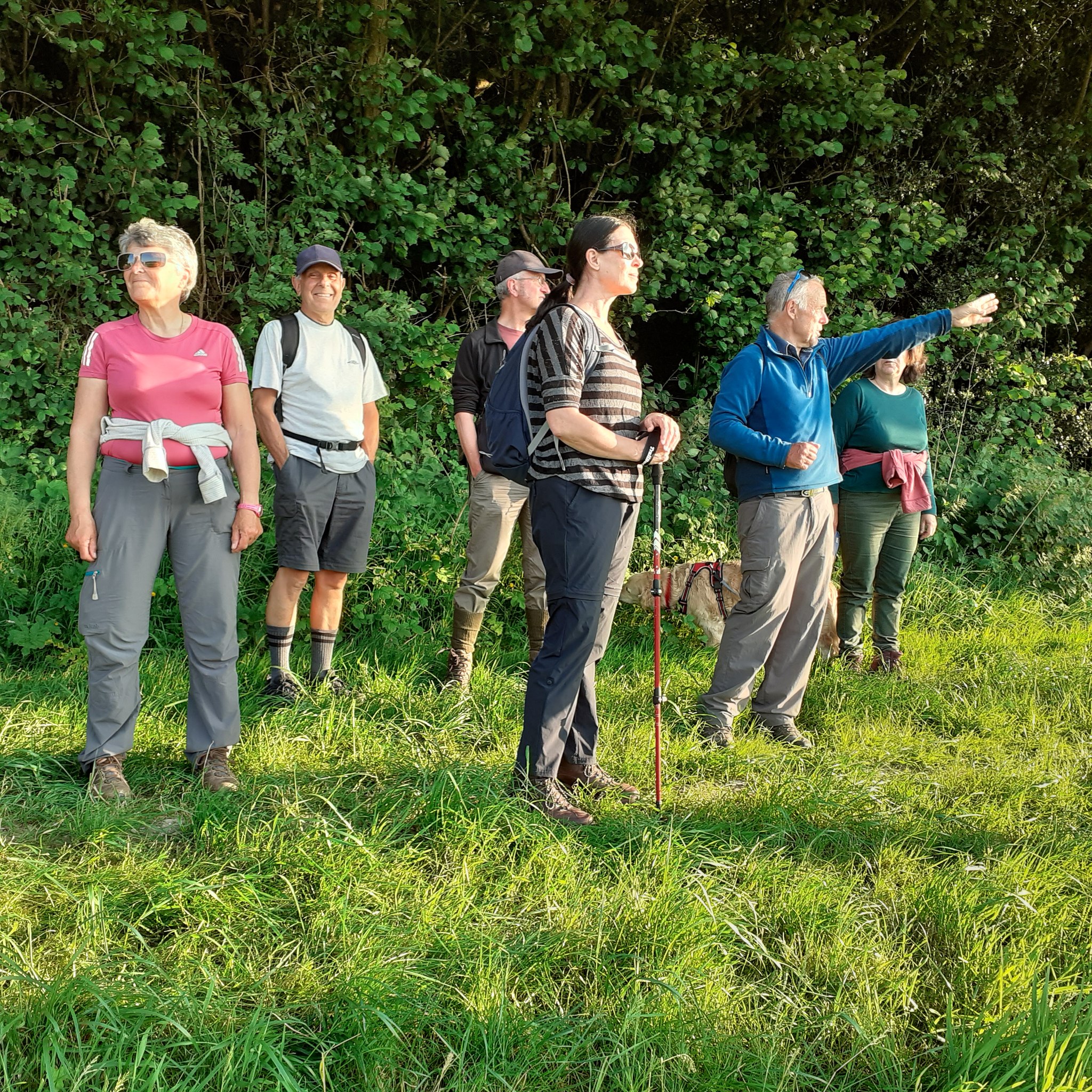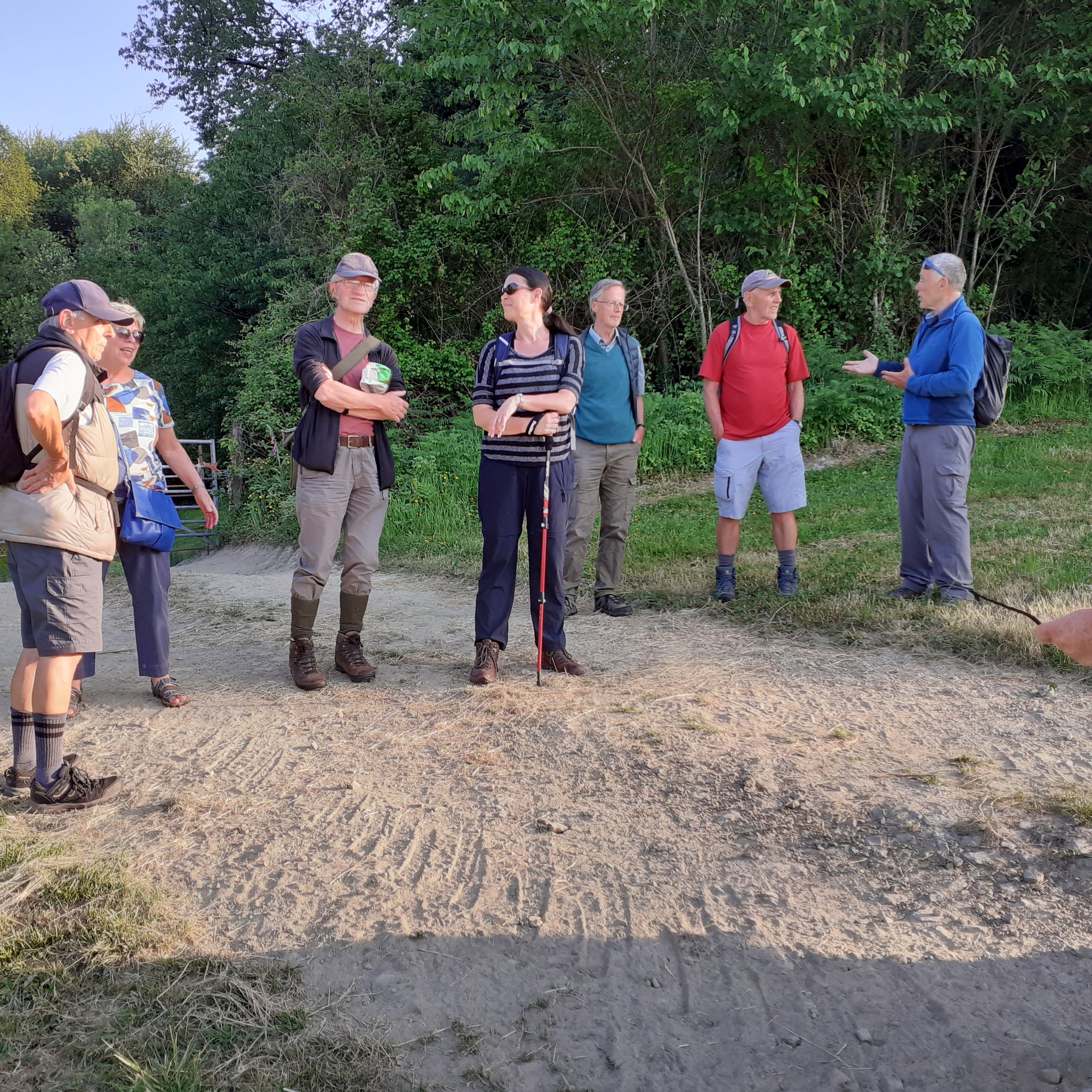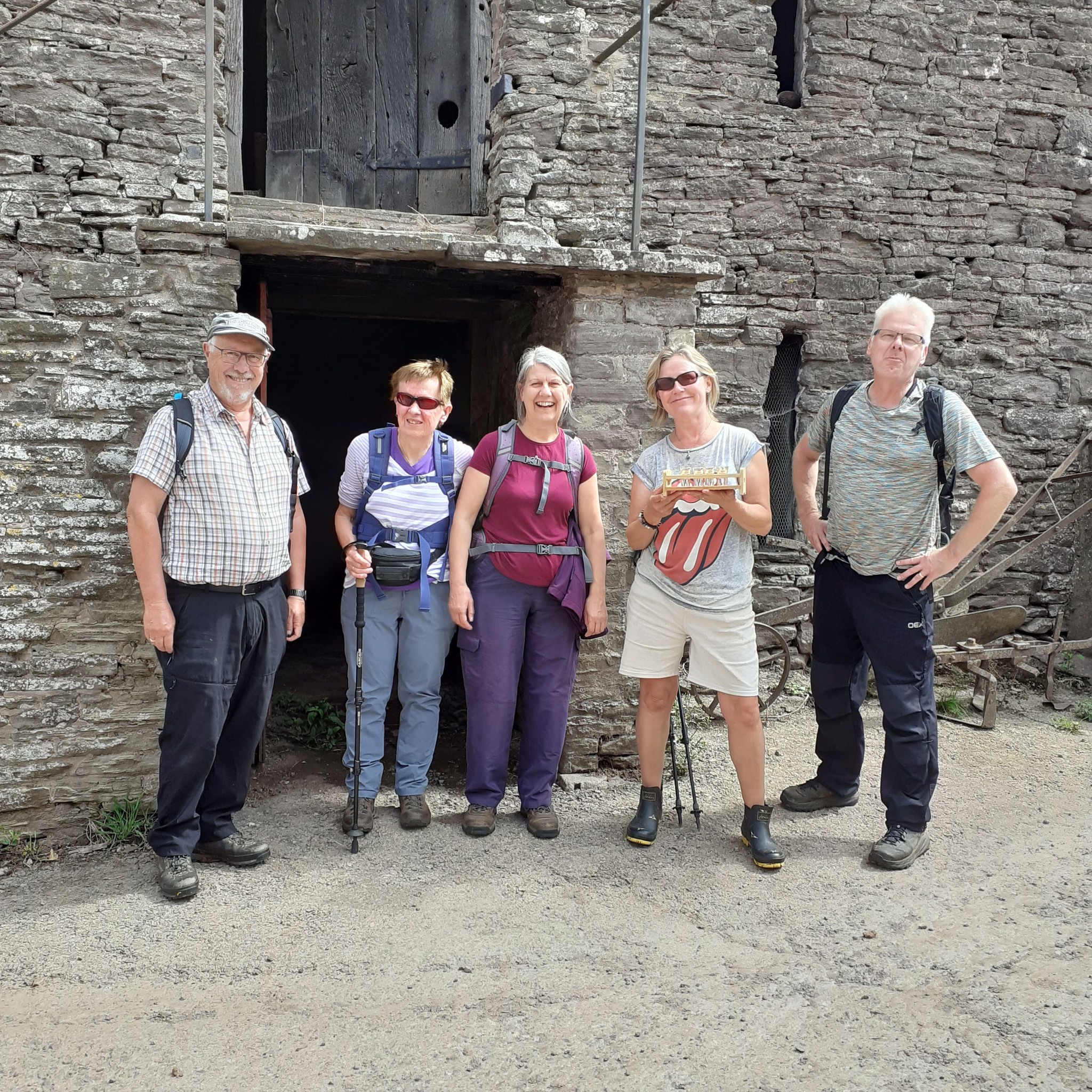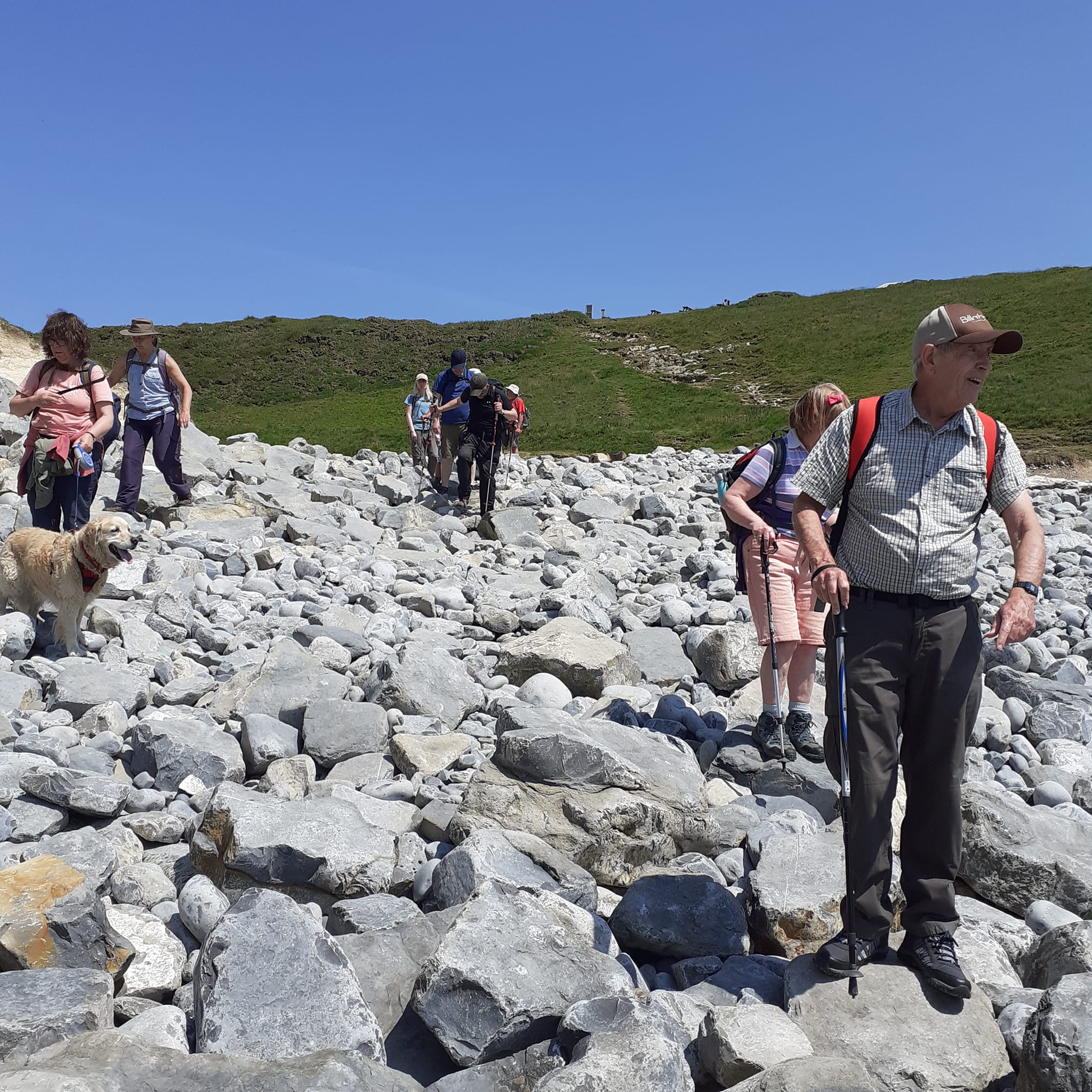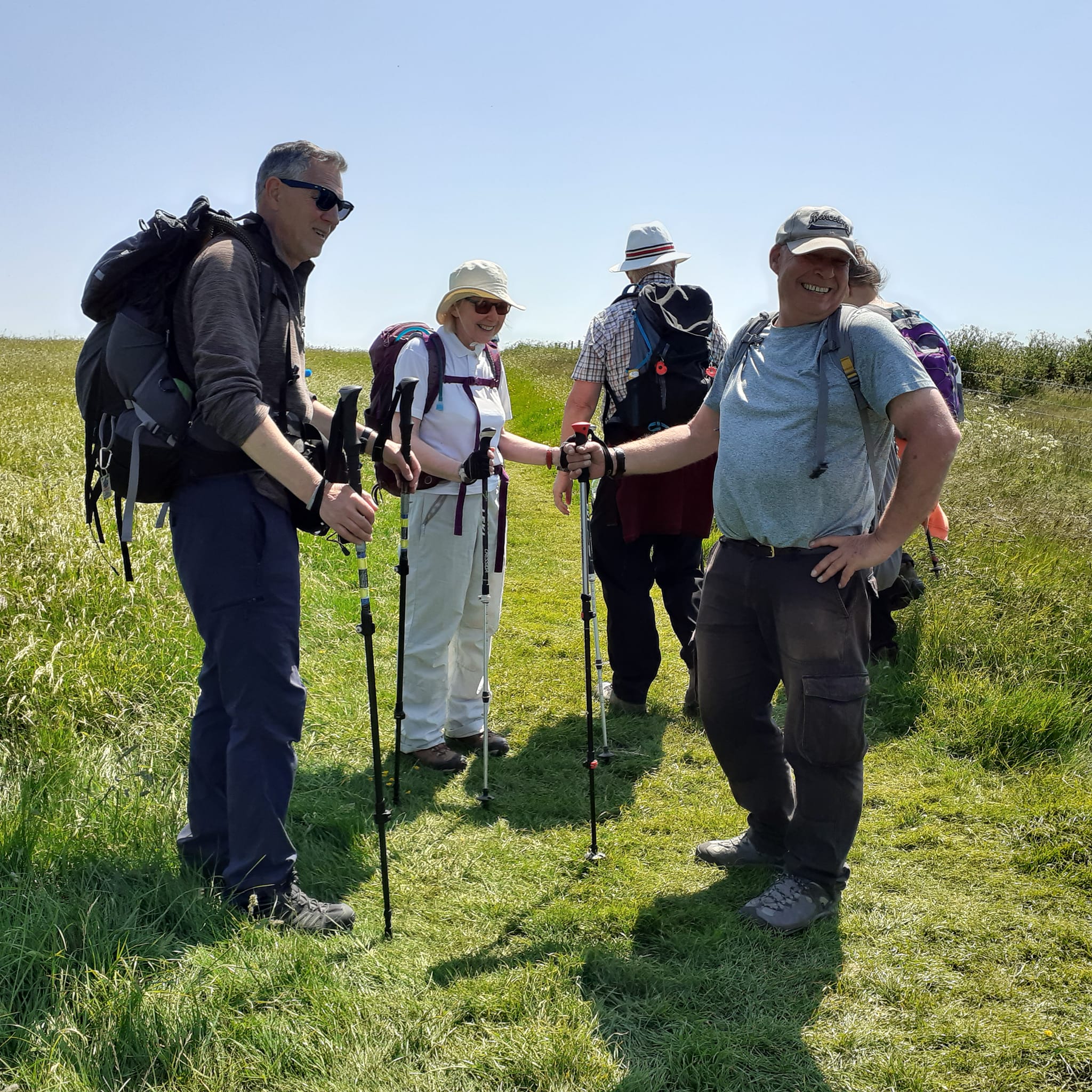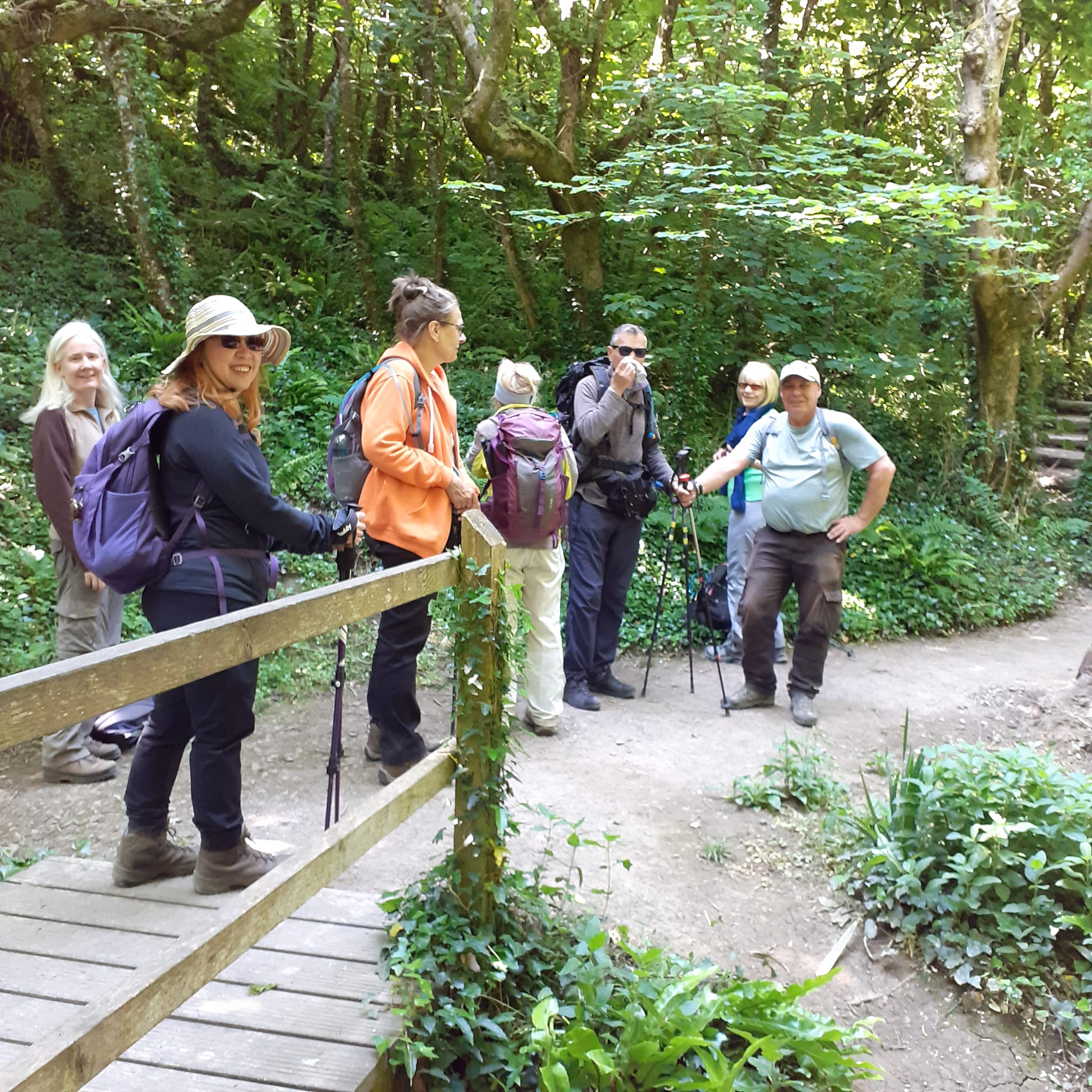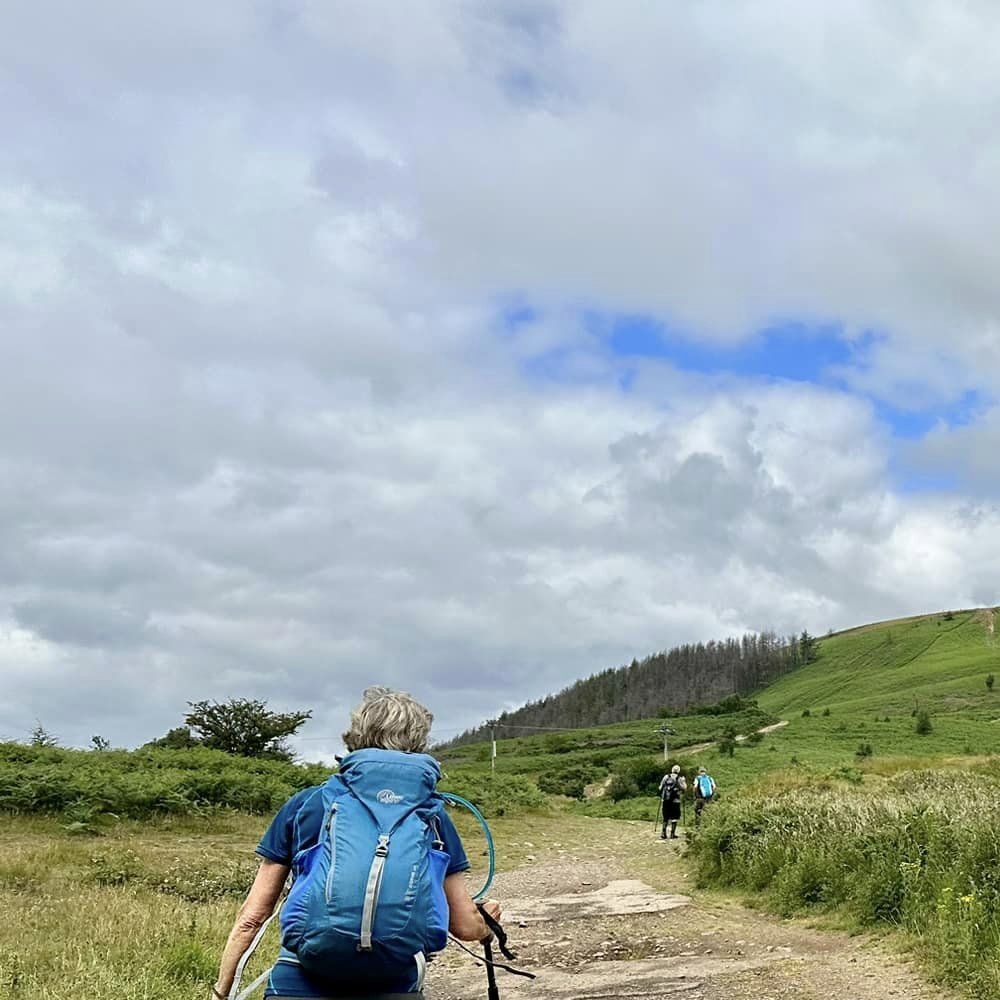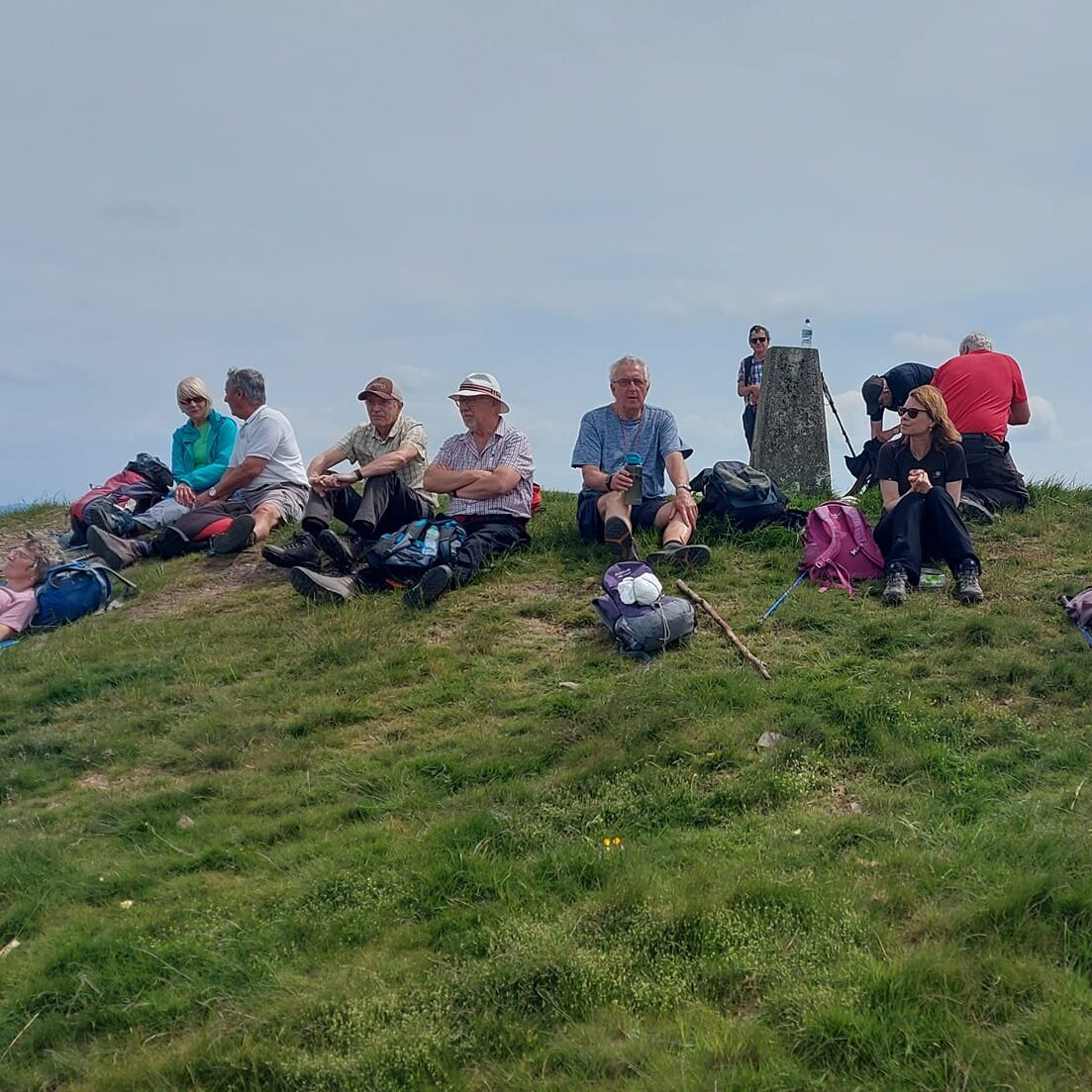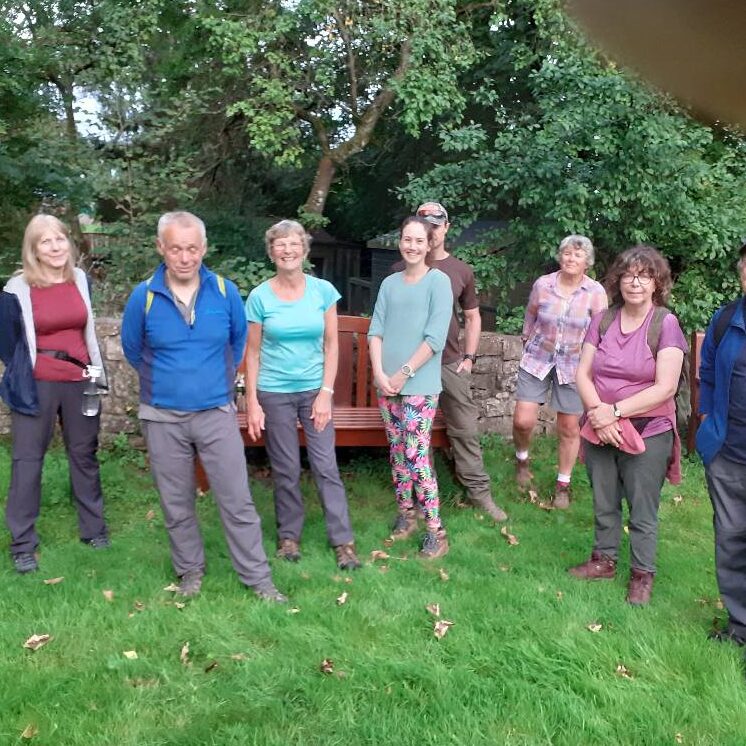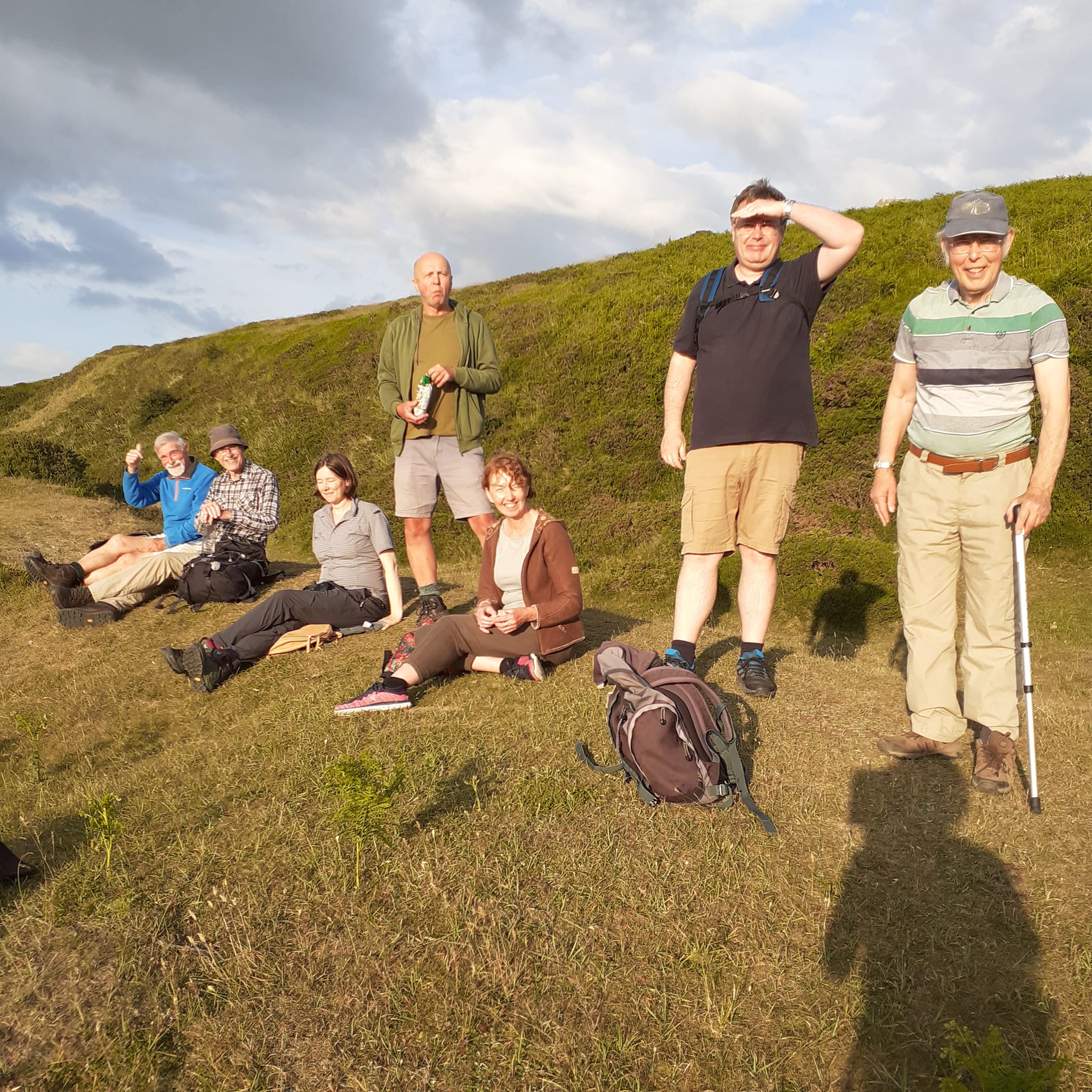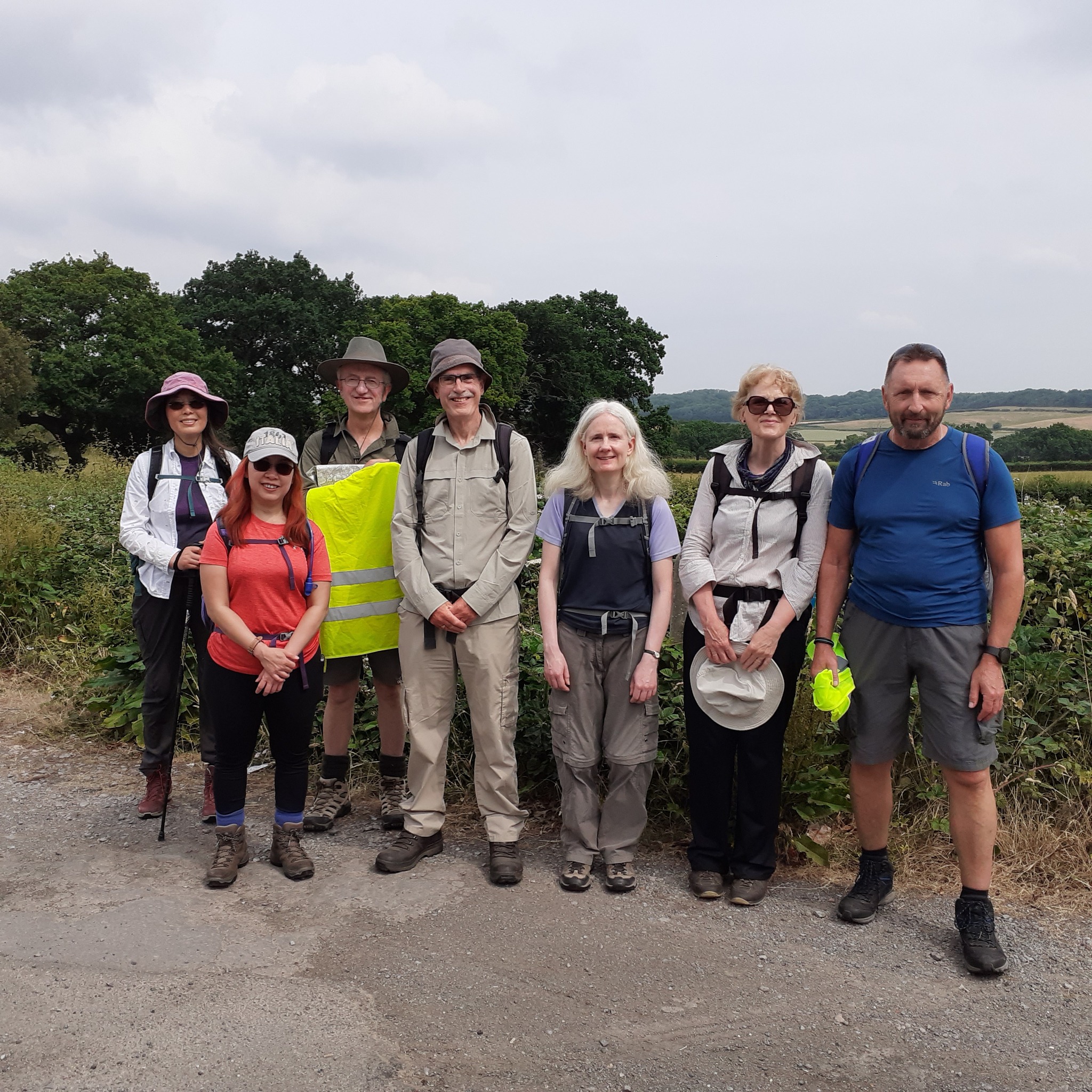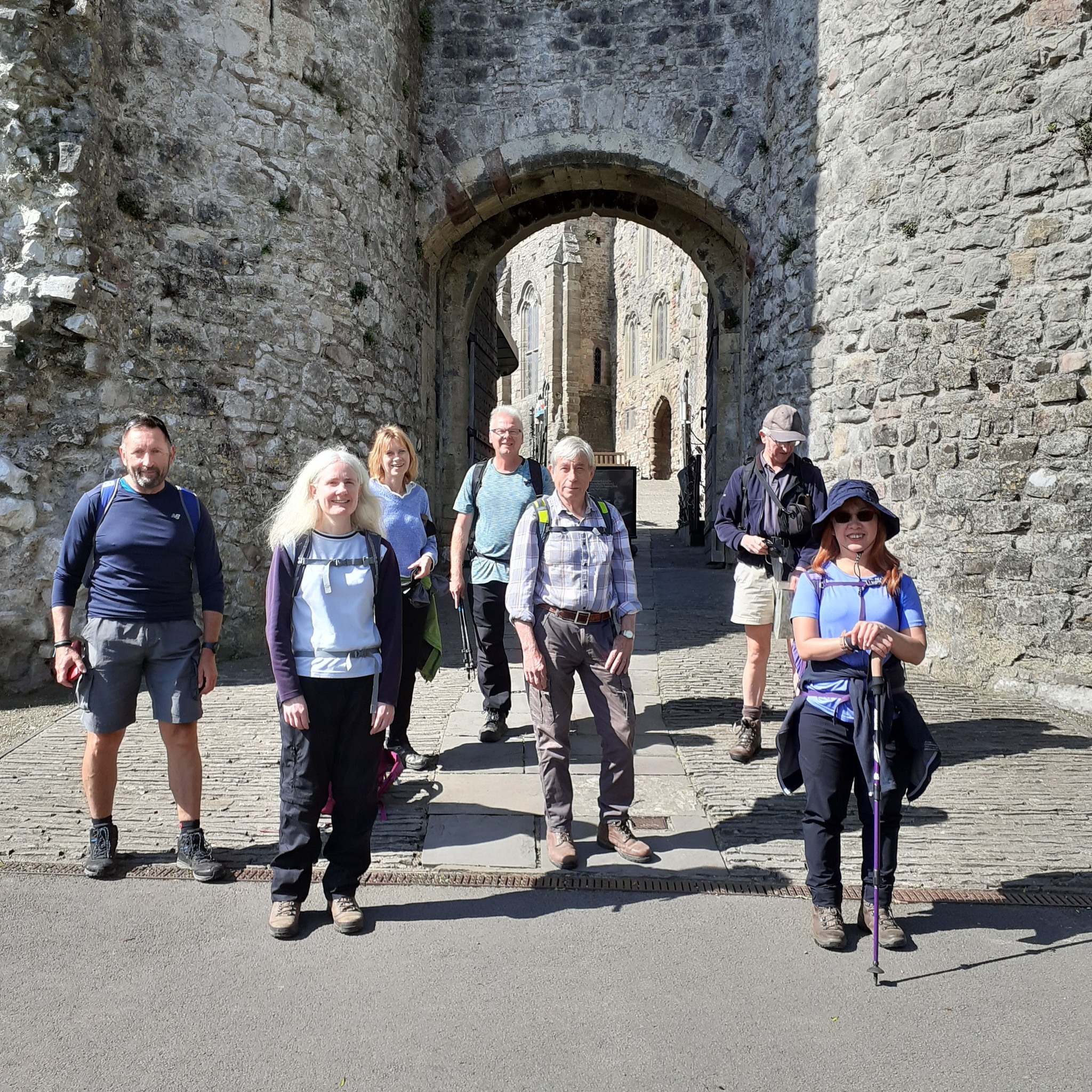We walk on Monday and Thursday evenings in summer and at least one evening a week in the winter months. The mid-week walks vary from 3 miles to 5 miles and are led by an experienced walker. After the walk we often meet up in a local pub, so we can have a bit of socialising together, but this is always optional.
At weekends, we usually have day walks in the local area. These are often with other local walking groups and are generally around 6-12 miles, in areas within about 1 hour of Newport. These are led by an experienced walker. Bring sandwiches, a drink and appropriate footwear and clothing. We sometimes arrange a post-walk meal in a local pub/restaurant, so we can have a bit of socialising after the walk. Booking is often required for a meal and details of this will be shown in the walk details, if applicable.
There is no need to book, just come along and enjoy the great outdoors! If you are not a member, you may walk with us three times, after which you will be expected to pay the annual membership fee.
Upcoming Walks
Click here for a current programme of events
Grading
All our walks are graded as follows:
How to Prepare
It is important to come prepared. Bring torches, waterproofs, hat, gloves and other warm clothing, please. A walking stick may also aid your balance.
Please read through our Safety Requirements for Walkers before attending a walk.
It is the individual’s responsibility to arrange their own transport to the meet location, but we do encourage car sharing wherever possible.
PLEASE ARRIVE AT LEAST 10 MINUTES BEFORE THE START
Want to propose and lead a walk? Get in touch
Participation Statement
Detailed Walk Guides
Click on a tab to read more information
All walk leaders will adhere to the Leaders’ Safety Guidance and will:
Dogs on Nogs Walks
Dogs are generally welcome on NOG walks, but specifics will be noted on our program or Facebook. While dogs can enhance the walking experience, we must respect the rights of all walkers and property owners. Here are our guidelines:
All our walks are organised with safety in mind and a risk assessment is carried out beforehand. Any risks identified are verbally communicated to all walkers before the walk commences. The risk assessment carried out is detailed within the walk details for your information.
In addition, we provide safety guidance for both leaders and walkers on our Policies and Procedure page
We recognise the harmful impact vehicles have on our environment and therefore encourage car sharing wherever possible. When walks are outside the Newport area, we will often advertise a local meet location to encourage car sharing.
Anyone offering a lift to a walker must return their passenger(s) to their original pick-up point as soon as the walk ends, unless agreed otherwise with the car share members.
It is up to those individuals that car share to agree transport costs between themselves but for guidance purposes a rate of 20p/mile is considered reasonable for fuel and vehicle wear and tear.
Please see the expenses section of our Policies & Procedures page for the car expenses policy and claim form.


